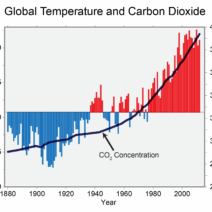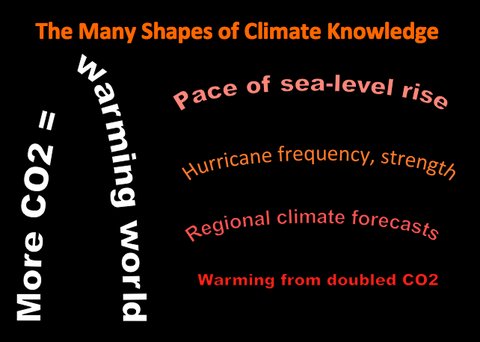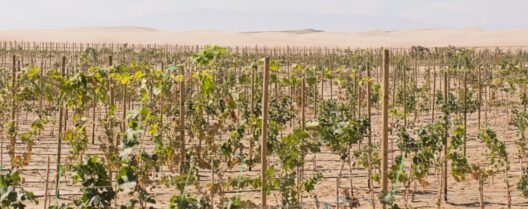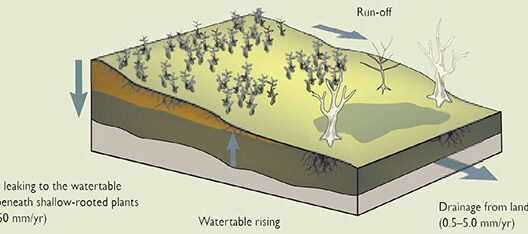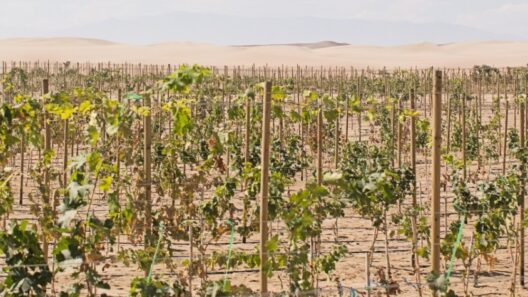Global warming has become one of the most pressing issues of our time, captivating the minds of scientists, activists, and policymakers alike. At its core, global warming refers to the long-term escalation of Earth’s average surface temperature, a phenomenon primarily driven by anthropogenic factors. Although mainstream discussions often cover the basics—greenhouse gases, fossil fuel combustion, and industrial emissions—there exists a complex interplay of factors that deepen our understanding of this critical issue.
To appreciate the intricacies of global warming, it is essential to first understand the greenhouse effect, a natural occurrence that warms the Earth’s surface. Solar radiation from the sun reaches the Earth and is absorbed, primarily by land and ocean surfaces. This absorbed energy is then re-radiated back into the atmosphere as infrared radiation. However, certain gases present in the atmosphere, notably carbon dioxide (CO2), methane (CH4), and nitrous oxide (N2O), trap some of this infrared radiation, preventing it from escaping into space. This natural insulation is crucial for maintaining temperatures conducive to life. Without this effect, Earth would be too cold to support ecosystems as we know them.
However, human activities have dramatically intensified this natural process. The combustion of fossil fuels for energy—whether for transportation, heating, or industrial processes—exacerbates the concentration of greenhouse gases in the atmosphere. Forest clearing for agriculture or urbanization reduces the number of trees available to absorb CO2, further aggravating the situation. Each year, the global carbon footprint increases, contributing to an alarming trajectory of warming that threatens normal climate patterns.
Now, let us delve deeper into the intricacies of how these processes interact over time and space. A notable observation is the disparity in warming across different regions. For instance, Arctic regions are experiencing a rate of warming approximately twice that of the global average. This phenomenon, known as Arctic amplification, occurs due to feedback mechanisms associated with the loss of sea ice. As ice melts, it unveils darker ocean water, which absorbs more sunlight, further accelerating warming and resulting in more ice melt—a self-perpetuating cycle.
Furthermore, oceanic currents play a significant role in global climate regulation. The ocean is a massive carbon sink, sequestering approximately 30% of the CO2 emissions released into the atmosphere. However, as warming occurs, the oceans begin to lose their ability to absorb CO2 efficiently. In addition to this, thermal expansion causes sea levels to rise, leading to coastal erosion and flooding, further complicating our climate crisis. The ocean currents, influenced by temperature differentials, affect weather patterns and, consequently, terrestrial ecosystems. Disrupted currents can result in prolonged droughts in some areas and excessive rainfall in others, emphasizing the interconnectedness of global climate systems.
One cannot ignore the role of anthropogenic land use changes in further complicating the warming scenario. Urbanization leads to the creation of heat islands, where cities experience significantly higher temperatures than surrounding rural areas. This localized warming can have drastic effects on energy consumption, as cities grapple with higher demand for air conditioning during heatwaves. Moreover, land use practices such as monoculture farming degrade soil health, further diminishing its carbon-storage capacity. The relationship between ecological degradation and global warming is symbiotic—each exacerbates the other in a cyclical fashion.
Another crucial factor in the discourse on global warming involves socio-economic dimensions. The discrepancies in greenhouse gas emissions can be correlated to wealth and industrialization. High-income countries, having historically benefitted from fossil fuel usage, earlier in the industrial era, now face moral and ethical dilemmas regarding climate action. Meanwhile, low-income nations, which contribute minimally to global emissions, are often the first victims of climate change impacts such as severe weather events, resource scarcity, and forced migration. This inequity leads to a multitude of challenges, not only in addressing global warming but in implementing effective climate strategies that are equitable and just.
Moreover, the influence of natural temperature fluctuations, such as those caused by volcanic activity or solar radiation variations, introduces an additional layer of complexity. While these natural processes also affect climate, the overarching trend showcases a startling acceleration due to human influence. Studies indicate that the current rate of warming is unlike any observed in the last hundreds of thousands of years, underscoring the unprecedented nature of anthropogenic climate change.
In conclusion, global warming transcends simplistic narratives focused solely on greenhouse gas emissions and basic climatic principles. A deeper examination reveals a tapestry of interactions among various components, including ocean dynamics, regional disparities, socio-economic factors, and feedback mechanisms. The implications of this warming are profound, affecting biodiversity, human health, food security, and global stability. As we continue to confront this monumental challenge, it is imperative to embrace a multifaceted understanding of the underlying processes driving global warming. Only then can meaningful strides be made toward mitigation and adaptation in the face of an ever-changing climate reality.


